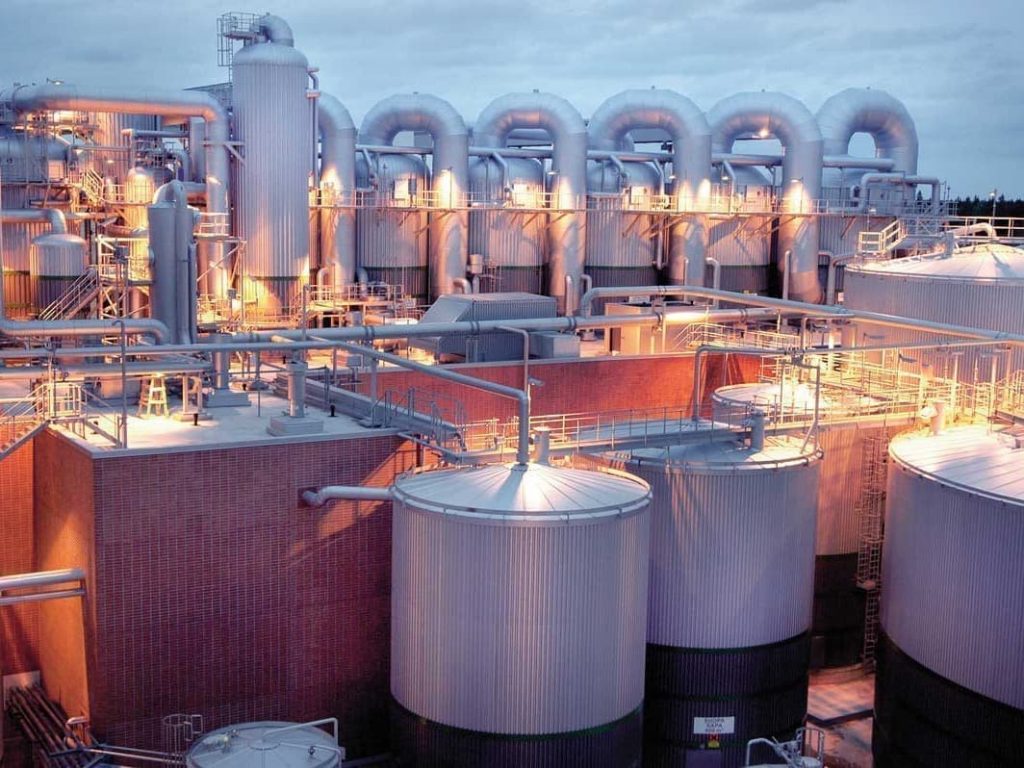
In a sharp reversal of fortunes, oil markets have gone into another tailspin with prices dipping by the biggest margin since the historic April crash. WTI and Brent crude recorded earlier this month the biggest drop in absolute terms since April 2020, when oil prices entered negative territory for the first time in history. Volatility continued during the last trading sessions of the week, with prices stabilizing on Friday. Opinions on the oil trajectory remain deeply divided, with the bulls saying the oil markets are simply taking a breather after an epic 6-month run. The bears counter by arguing that a crash was inevitable since the massive rally was not supported by fundamentals.
The situation could, however, not be more different for one of Big Oil’s most vilified scions: Petroplastics.
After falling out of favor in recent years amid the ESG and clean energy boom, the Chemicals Plastics industry has staged a strong rebound thanks to a strong recovery in industrial demand. The industry is responsible for making products such as polyethylene, polypropylene, polyvinyl chloride (PVC), and polystyrene—all of which rely on feedstock sourced from crude oil and natural gas.
The uptick is partly due to the gradual reopening of economies. It is also partly due to another unexpected catalyst: Bad weather.
Although plastics and their chemical ingredients do not trade on commodity exchanges, Bloomberg has reported that PVC—an oil product primarily used in the construction industry for flooring, roofing, pipes, and cable insulation—is enjoying a massive rally thanks to a strong rebound in global consumer demand and production outages from February’s Texas freeze.
According to data provider ICIS, more than 60% of U.S. PVC remains offline a month after freezing weather hit Texas and Louisiana and decimated the power grid. Consequently, PVC and polypropylene are trading at record levels, and more than double the 2019-20 average, according to ICIS. LyondellBasell Industries N.V. (NYSE:LYB) CEO told the JPMorgan Industrials Conference a week ago that the Texas freeze is likely to cut U.S. PVC supply by ~12% in 2021, and it could be well into Q4 before conditions return to normal.
Here are 3 plastic stocks to keep on your radar amid the new plastic boom.
1. Westlake Chemical Corp.
Westlake Chemical Corporation (NYSE:WLK) is a Texas-based, vertically integrated international producer and supplier of petrochemicals, polymers, and building products. Through its Vinyls and Olefins segments, Westlake provides various specialty and commodity polyvinyl chloride (PVC) products, including chlorine, caustic soda, chlorinated derivative, as well as ethylene products such as polyethylene, styrene monomers, and various ethylene co-products. WLK stock has gained 130% over the past 12 months thanks to ethylene chain margins more than doubling since November. However, Deutsche Bank’s David Begleiter believes has warned those gains could reverse if margin compression sets in and has downgraded the shares to a $102 price target–which implies a 17% upside.
It’s worth noting that Westlake Chemical primarily operates at scale near low-cost feedstocks, meaning those fat margins are likely to remain healthy.
#2. Trinseo S.A.
Pennsylvania-based Trinseo S.A. (NYSE:TSE) manufactures and markets plastics, latex binders, and synthetic rubber. Trinseo has benefited from demand strength in end markets such as automotives, tires, appliances, packaging, and construction.
Trinseo has entered into a binding agreement with Arkema(OTCPK:ARKAY) to acquire the latter’s polymethyl methacrylates (PMMA) and activated methyl methacrylates (MMA) businesses. The acquisition will allow Trinseo to transform into a higher-margin, less-cyclical solutions provider with the M&A deal expected to deliver meaningful productivity savings and cost synergies.
#3. Dow Inc.
Dow Inc. (NYSE:DOW) is a Michigan-based provider of packaging and specialty plastics as well as performance materials and coatings products.
About three weeks ago, Wells Fargo upgraded DOW shares to Overweight from Equal Weight with a $77 price target, saying that the combination of strong demand and the impact from the recent winter storm supply will drive strong 2021 earnings.
Wells analyst Michael Sison also expects the wider sector to see considerable margin expansion approaching levels last seen in the 2017-18 peak.
Meanwhile, Bank of America has recently upgraded Dow, citing higher expected polyethylene prices amid strong demand and elevated producer outages due to inclement weather.





























